Einführung
When it comes to construction and excavation projects, the size and capacity of the excavator you choose can have a significant impact on the efficiency, cost, and overall success of your work. Excavators come in a wide range of sizes, from compact models suitable for small-scale jobs to massive machines designed for large-scale earthmoving operations. In this blog post, we’ll explore the key factors to consider when comparing excavator sizes and help you determine which one best fits your specific needs.
Understanding Excavator Sizes

Excavator sizes are typically classified based on their operating weight, which is the total weight of the machine, including the attachments and any added accessories. The operating weight of an excavator can range from as little as 1 ton for a mini excavator to over 100 tons for the largest models. Each size class offers its own unique advantages and limitations, so it’s essential to understand the differences to make an informed decision.
Mini Excavators: Compact and Versatile
Mini excavators, also known as compact excavators, are the smallest class of excavators, typically weighing between 1 and 6 tons. These machines are ideal for tight spaces, confined areas, and urban environments where maneuverability is a priority. They can be easily transported on a trailer and are often used for landscaping, utility work, and small-scale demolition projects.
Compact Excavators: Balancing Power and Agility
Compact excavators, ranging from 6 to 15 tons, offer a balance of power and maneuverability. They are larger than mini excavators but still maintain a relatively small footprint, making them suitable for a wide range of applications, including medium-sized construction projects, site preparation, and underground utility work.
Standard Excavators: Versatile and Powerful
Standard excavators, weighing between 15 and 40 tons, are the most common size class in the construction industry. These machines are capable of handling a variety of tasks, from heavy-duty earthmoving and demolition to road construction and site development. They offer a good balance of power, reach, and stability, making them a popular choice for a wide range of projects.
Large Excavators: Massive Capability
Large excavators, often referred to as “heavy-duty” or “production” excavators, are the largest class, typically ranging from 40 to over 100 tons in operating weight. These behemoths are designed for large-scale projects, such as mining operations, major construction sites, and infrastructure development. They provide immense power, reach, and digging force, but their size and weight can limit their maneuverability in confined spaces.
Factors to Consider When Choosing an Excavator Size
When selecting the appropriate excavator size for your project, there are several key factors to consider:
Project Scope and Complexity
The size and nature of your project will be the primary driver in determining the excavator size you need. Factors such as the volume of material to be moved, the depth of excavation required, and the overall site conditions will all influence the choice of excavator.
Site Accessibility and Constraints
The accessibility and physical constraints of the job site can also play a significant role in the selection process. If the site is in a tight urban area or has limited access, a smaller, more maneuverable excavator may be necessary. Conversely, if the site has ample space and requires heavy-duty earthmoving, a larger excavator may be the better option.
Operator Experience and Skill Level
The experience and skill level of the excavator operator can also impact the choice of machine. Larger, more powerful excavators may require more specialized training and expertise to operate safely and effectively.
Budget and Operational Costs
The cost of purchasing or renting an excavator, as well as the ongoing operational expenses, such as fuel, maintenance, and labor, must be factored into the decision-making process. Smaller excavators are generally more cost-effective, but larger machines may be more efficient and economical for certain types of projects.
Excavator Size Comparison Table

To help you better visualize the differences between excavator sizes, we’ve created a comparison table:
| Excavator Size | Operating Weight (tons) | Bucket Capacity (cubic yards) | Typische Anwendungen |
|---|---|---|---|
| Mini Excavator | 1 – 6 | 0.05 – 0.5 | Landscaping, utility work, small demolition |
| Compact Excavator | 6 – 15 | 0.5 – 1.5 | Medium construction, site preparation, underground utilities |
| Standard Excavator | 15 – 40 | 1 – 2.5 | Heavy earthmoving, road construction, site development |
| Large Excavator | 40 – 100+ | 2 – 5+ | Mining, major construction, infrastructure development |
Conclusion: Excavator Sizes
Choosing the right Bagger size is a critical decision that can make or break the success of your construction or excavation project. By understanding the key differences between excavator size classes and considering the factors that are most important to your specific needs, you can ensure that you select the perfect machine for the job. Whether you require the compact maneuverability of a mini excavator or the sheer power of a large production excavator, this guide will help you make an informed decision and find the excavator that fits your needs.
FAQ
What is the difference between mini and small excavators?
Mini excavators are smaller and lighter, suitable for confined spaces and light-duty tasks. Small excavators offer enhanced digging depth, reach, and lifting capacity compared to mini excavators, making them more versatile for general construction and landscaping.
How do I determine the appropriate excavator size for my project?
Evaluate your project requirements, including the types of tasks, digging depth, reach, and site conditions. Consult with equipment experts or manufacturers to match these requirements with the capabilities of different excavator sizes.
Can excavator sizes be customized for specific applications?
Yes, some manufacturers offer customization options such as specialized attachments and configurations to tailor excavators for specific tasks or industries, enhancing their versatility and performance.
What maintenance practices are essential for prolonging the lifespan of an excavator?
Regular maintenance, including daily inspections, lubrication, and timely servicing of components such as hydraulic systems and tracks, is crucial for extending the lifespan and ensuring the reliability of excavators.
How does the choice of excavator size impact project costs?
Choosing the right excavator size can affect project costs by optimizing efficiency, reducing fuel consumption, and minimizing downtime. Proper matching of size to project requirements helps in achieving cost-effectiveness and maximizing return on investment.

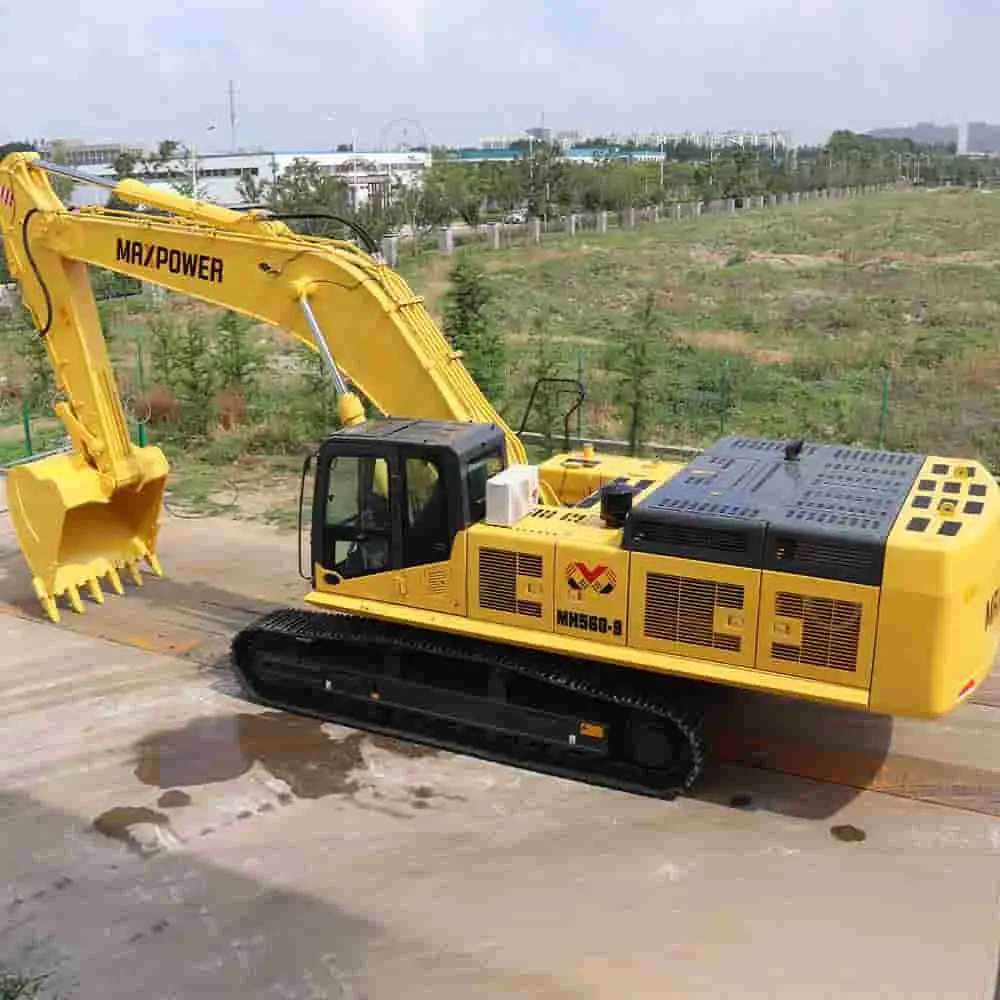
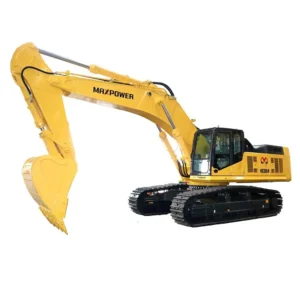

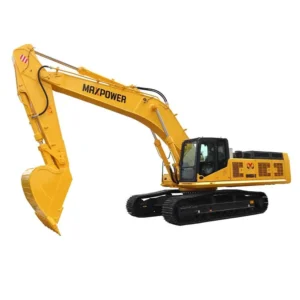
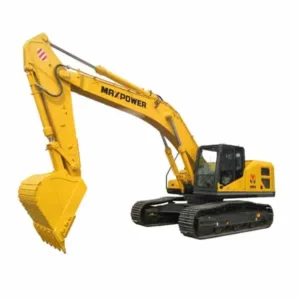
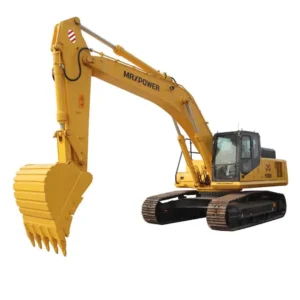
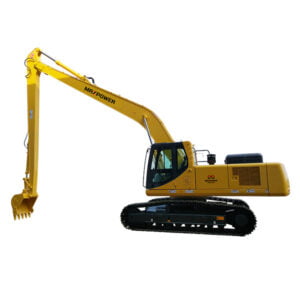
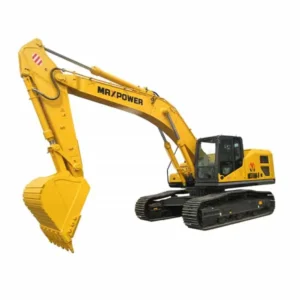







-150x150.webp)
